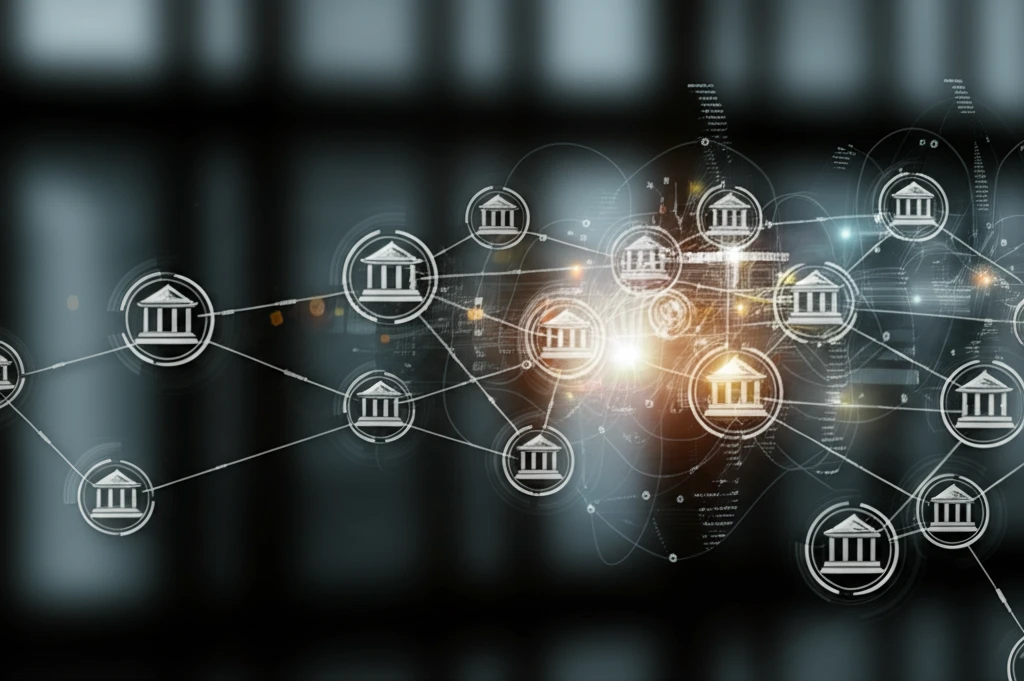
Decoding the Interbank Market: How Memory Shapes Financial Networks
"Uncover the hidden connections and preferential trading patterns that drive the e-MID interbank market and influence financial stability."
The interbank market is the behind-the-scenes engine that keeps money flowing through the financial system. It's where banks lend to each other to manage liquidity and meet short-term obligations. Understanding how this market operates is crucial because its stability directly impacts the broader economy. A frozen or dysfunctional interbank market can trigger a credit crunch and amplify financial shocks.
New research is shedding light on the intricate dynamics of this market, particularly the role of established relationships and 'memory' in trading decisions. Instead of banks simply choosing counterparts at random, a recent study delves into the idea that past interactions significantly influence who lends to whom. This 'memory' effect introduces a layer of trust and preference that shapes the entire network.
This article breaks down a fascinating model developed to simulate interbank trading, focusing on the e-MID market, a key platform for Euro-denominated transactions. We'll explore how this model incorporates the concept of memory, reproduces observed trading patterns, and offers valuable insights into the stability and structure of financial networks.
How Does Memory Shape Trading Decisions?

The core idea is that banks, like any economic actors, aren't making decisions in a vacuum. If a bank has repeatedly lent to another in the past, it's more likely to do so again. This isn't just about chance; it reflects an element of trust and familiarity built over time. The model uses 'memory' as a proxy for this trust, suggesting that established relationships play a critical role in the interbank market.
- Reinforcement: If Bank A has lent to Bank B multiple times, the link between them strengthens. Bank A is more inclined to lend to Bank B again.
- Preferential Attachment: Banks are more likely to form new connections with those they've already interacted with. This creates a network effect, where existing relationships become self-reinforcing.
- Non-Randomness: The model moves away from the idea that banks choose trading partners randomly, incorporating a degree of predictability based on past behavior.
The Future of Interbank Modeling: Memory, Shocks, and Systemic Risk
This research provides a valuable step towards understanding the complexities of the interbank market. By incorporating memory and preferential trading patterns, the model offers a more realistic representation of how banks make decisions. Further research could explore how external shocks, such as economic downturns or regulatory changes, might disrupt established relationships and impact the stability of the network. Ultimately, a deeper understanding of these dynamics is essential for safeguarding the financial system and preventing future crises.
